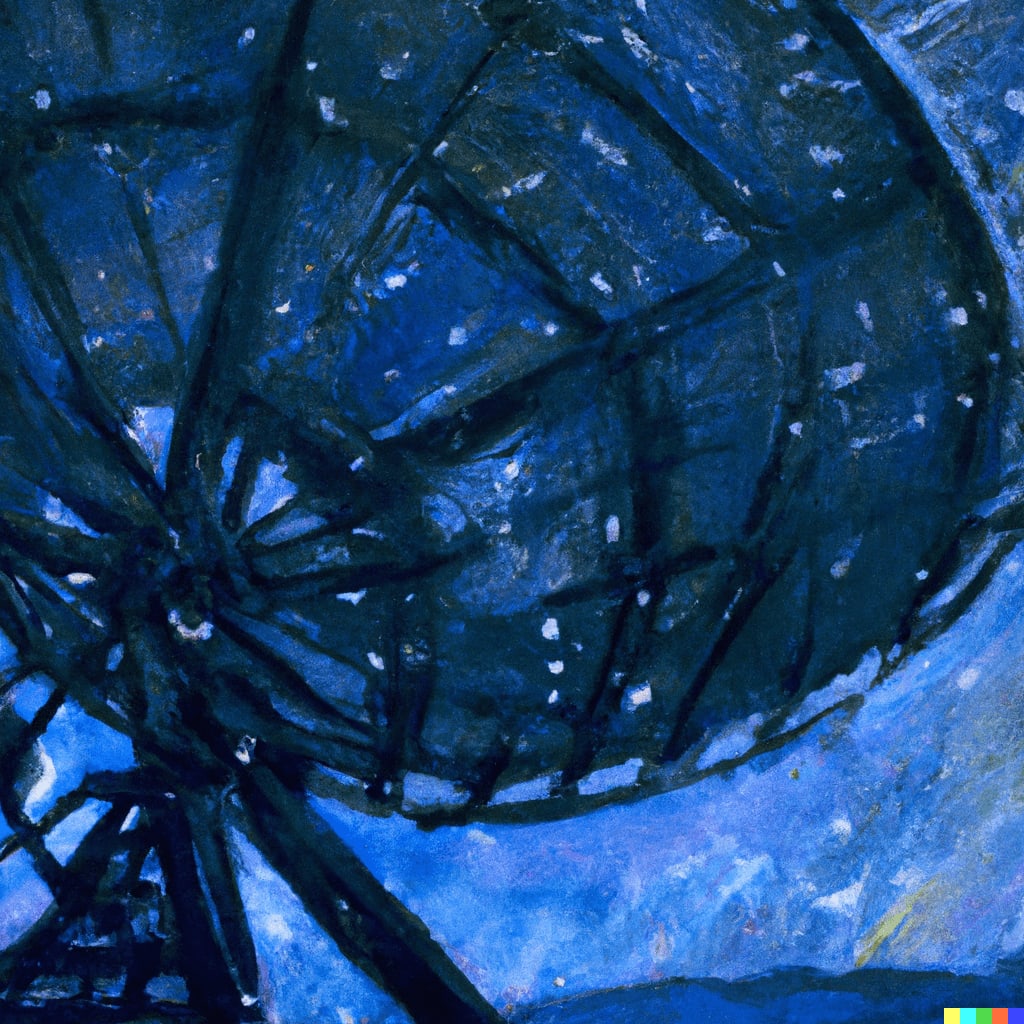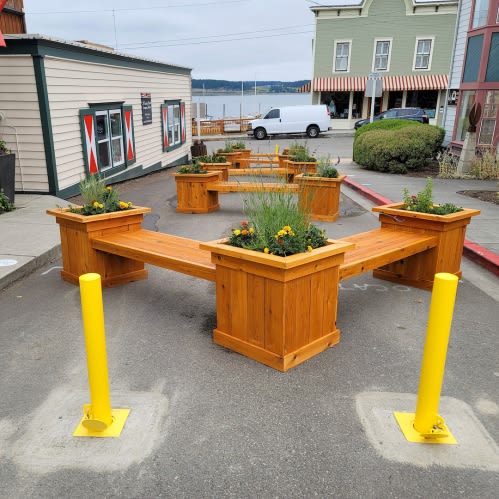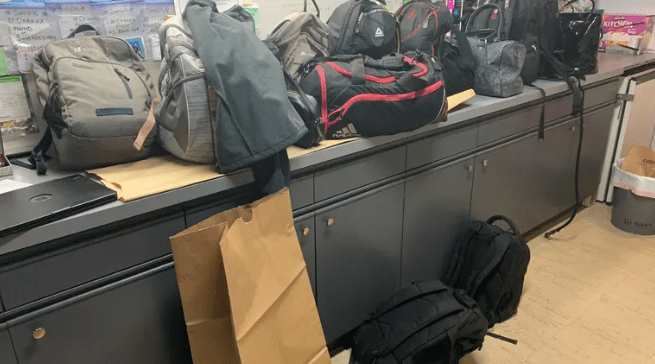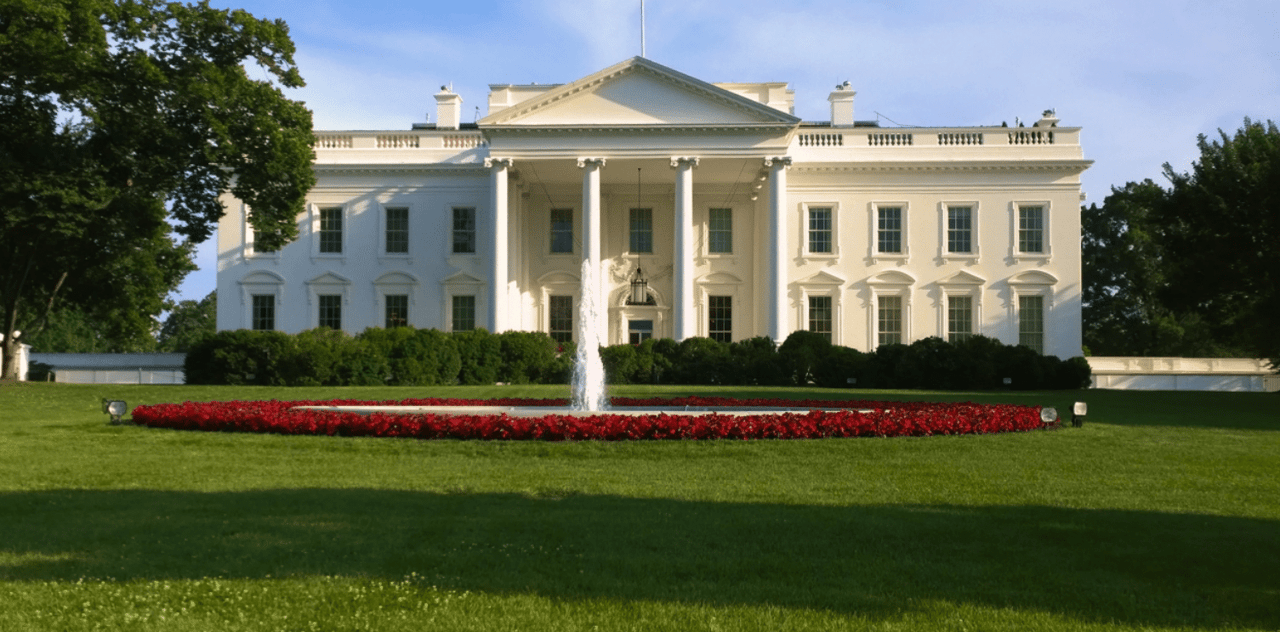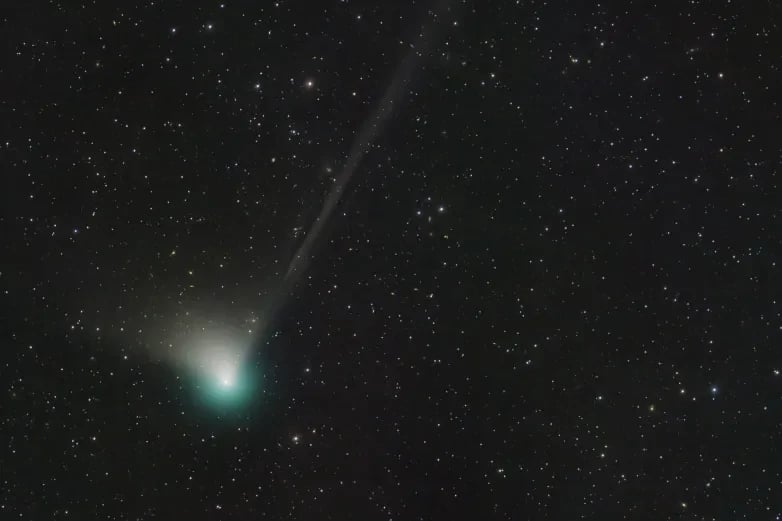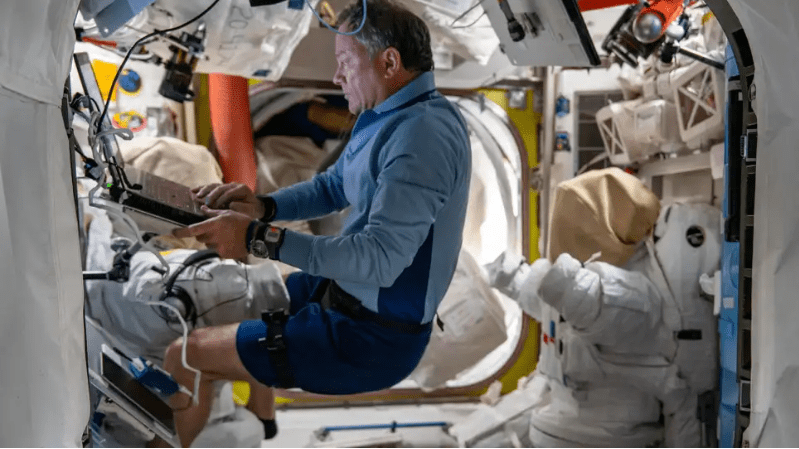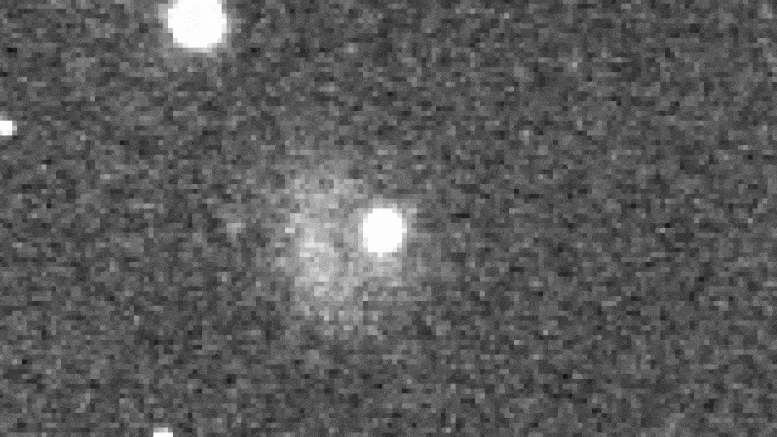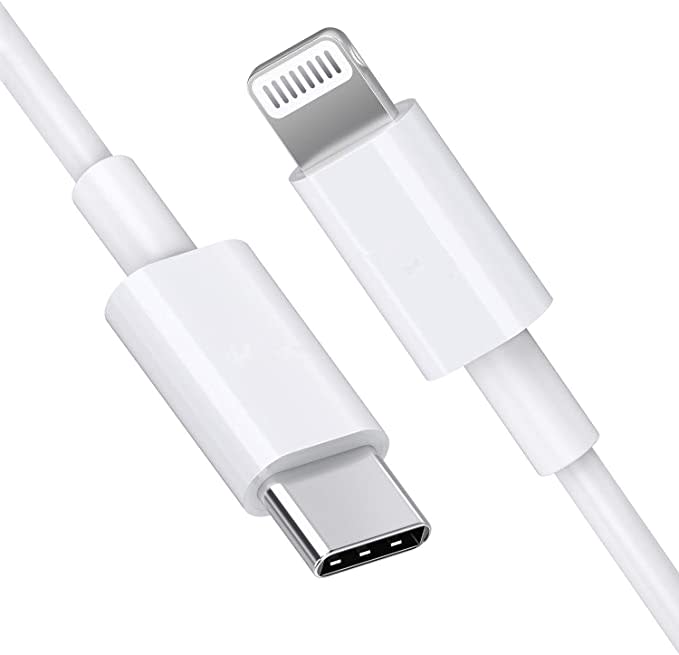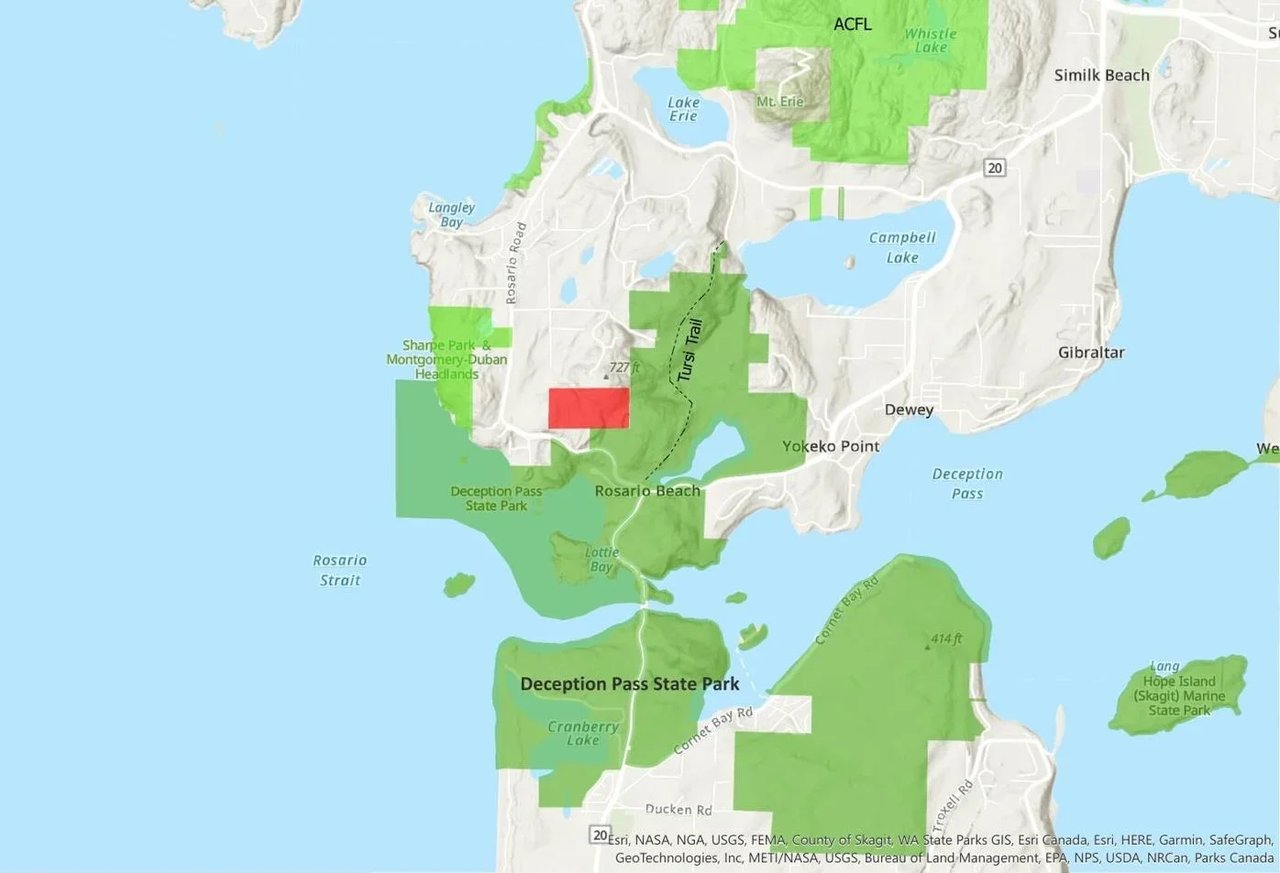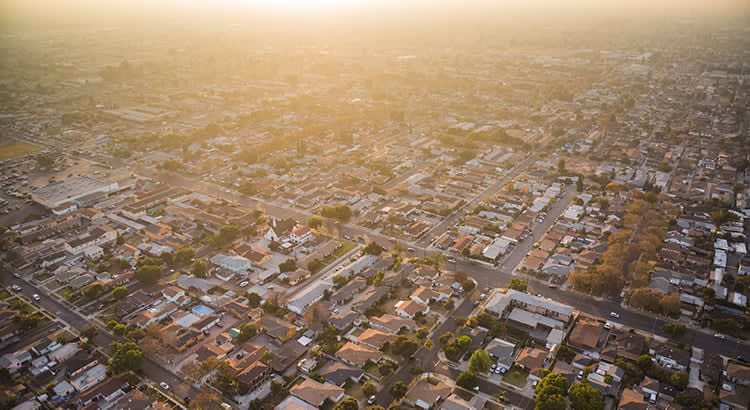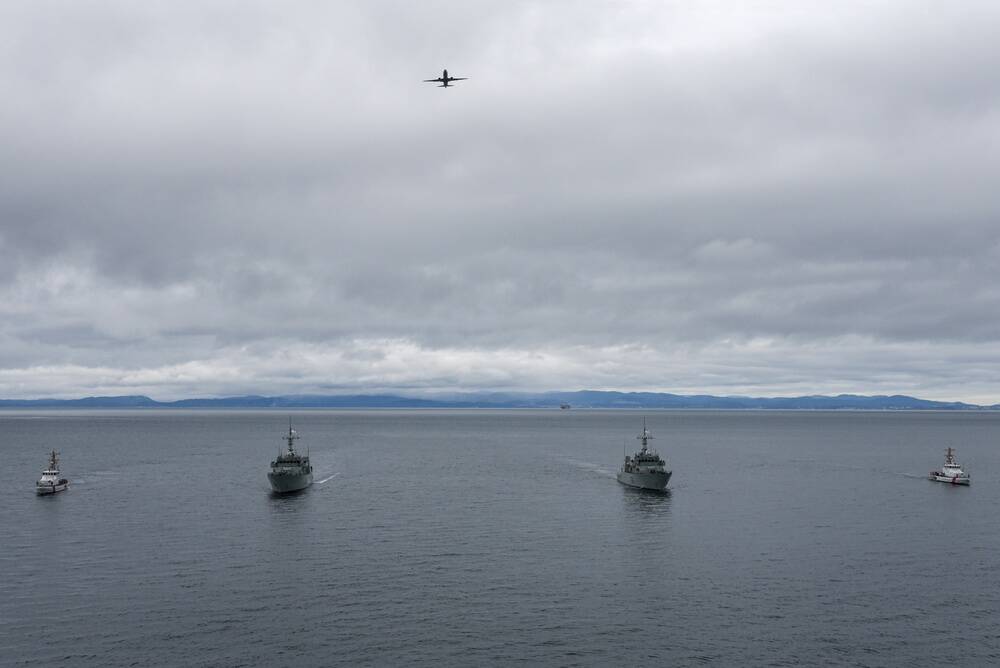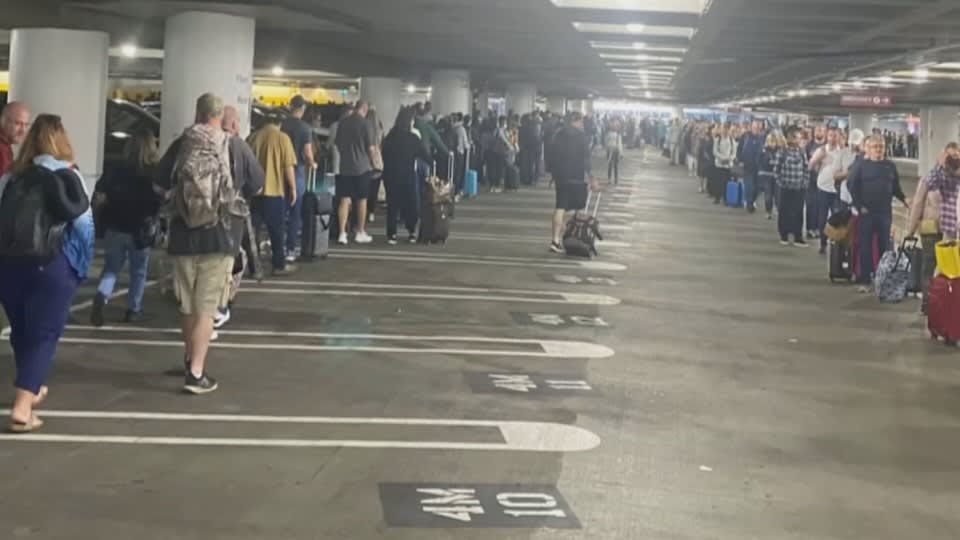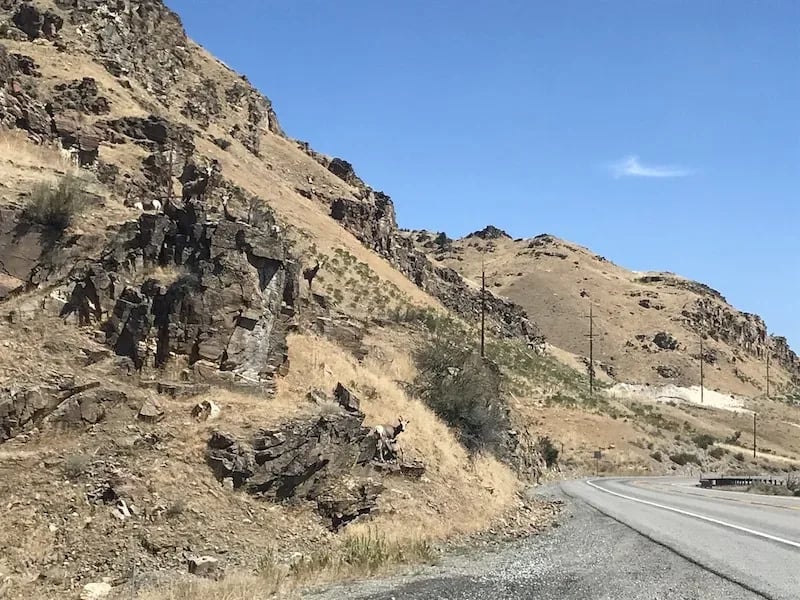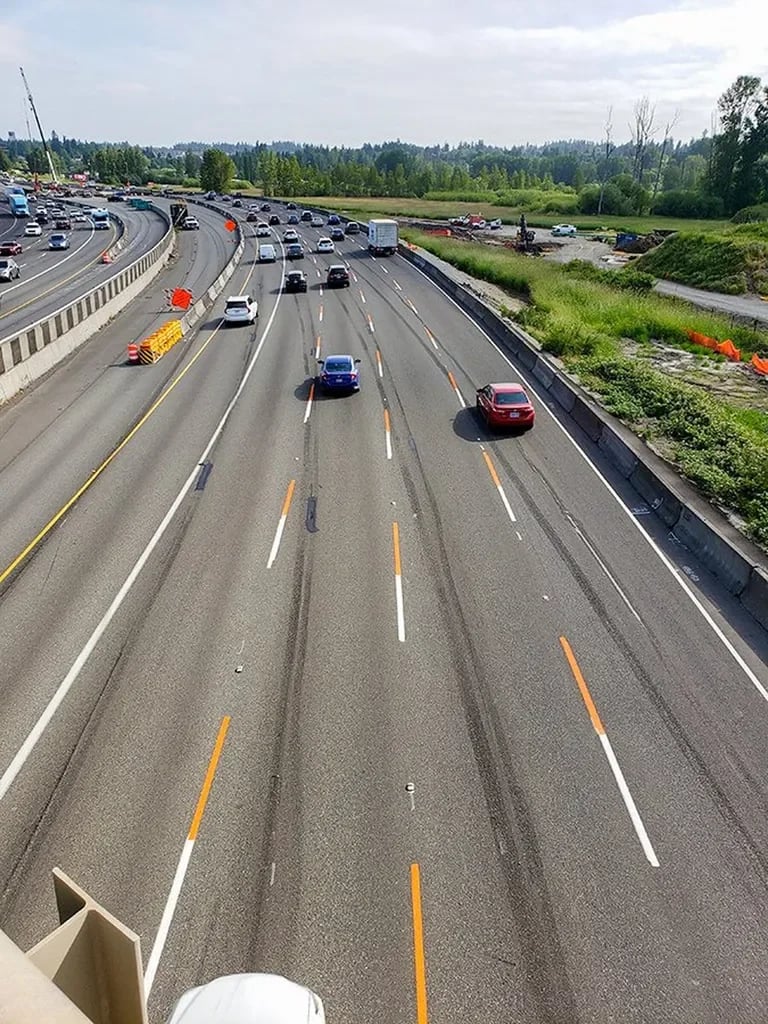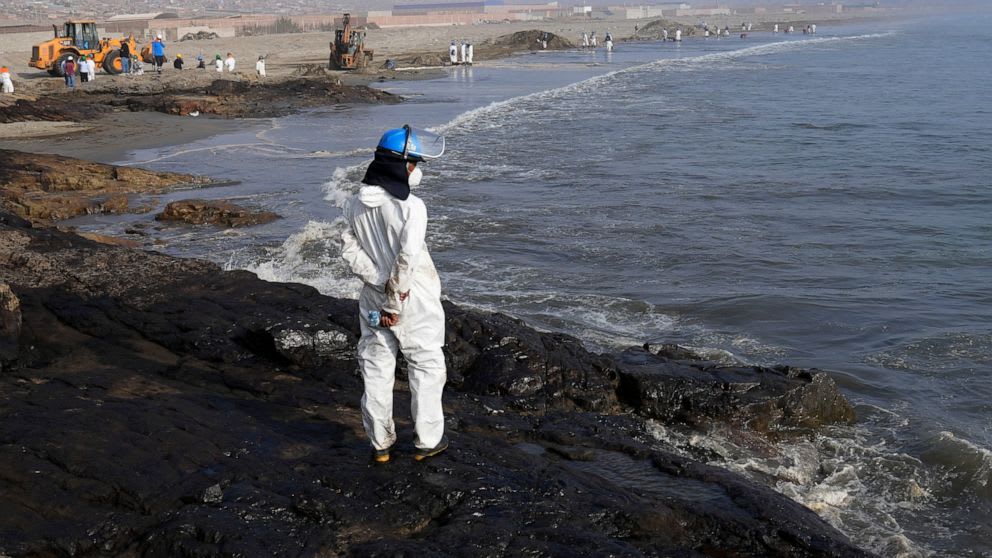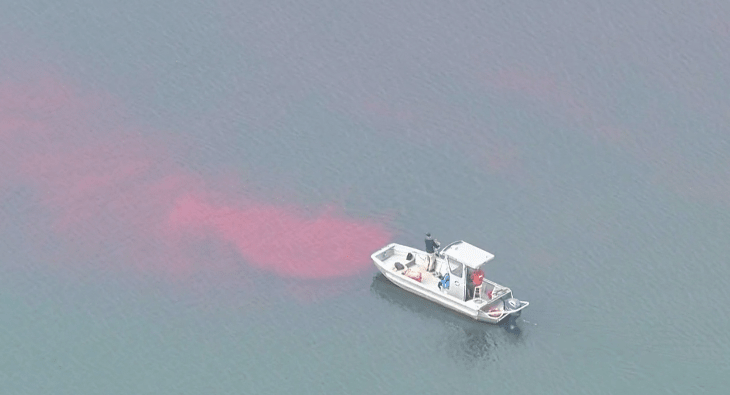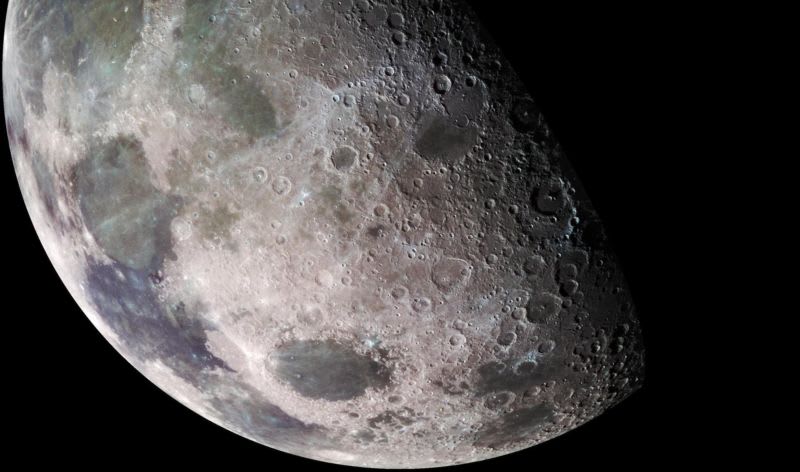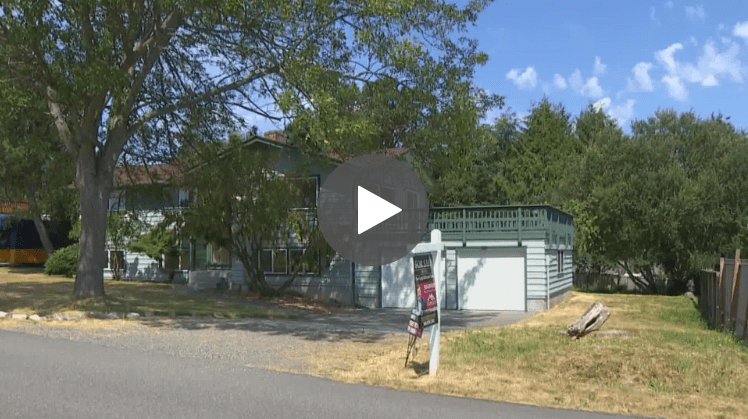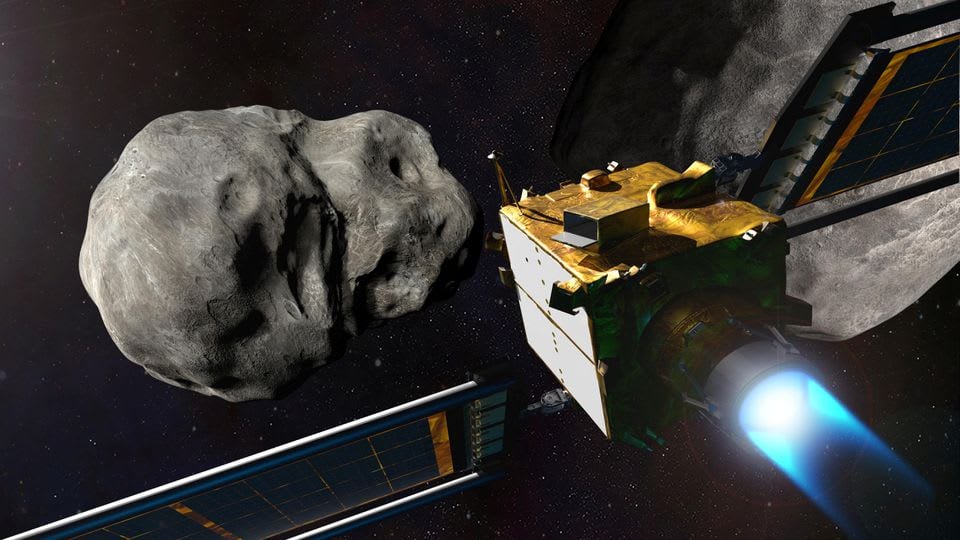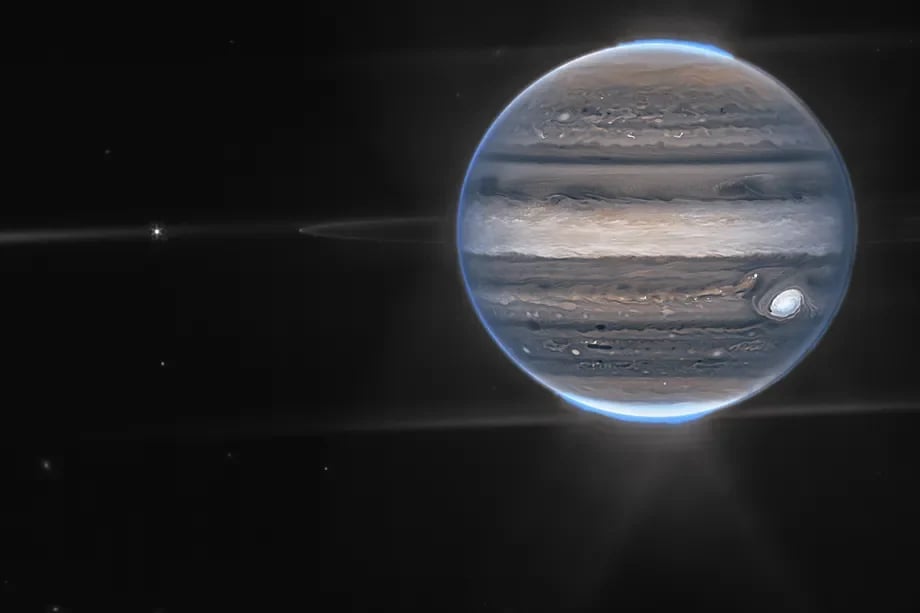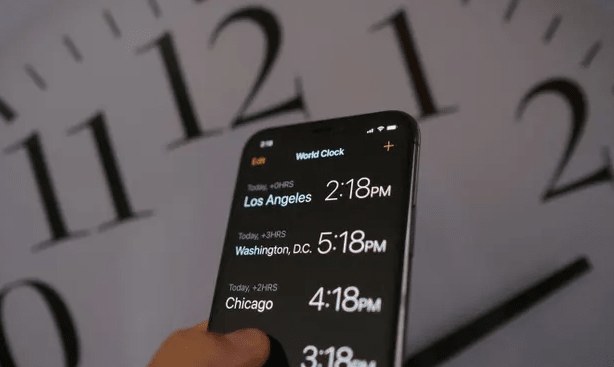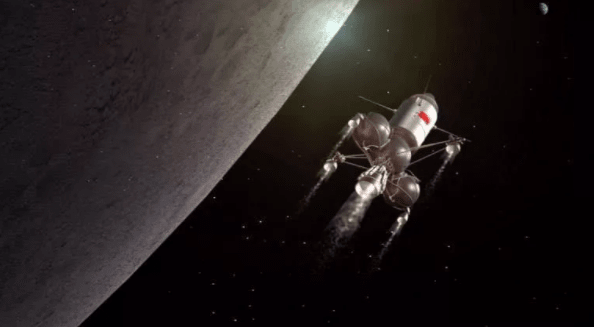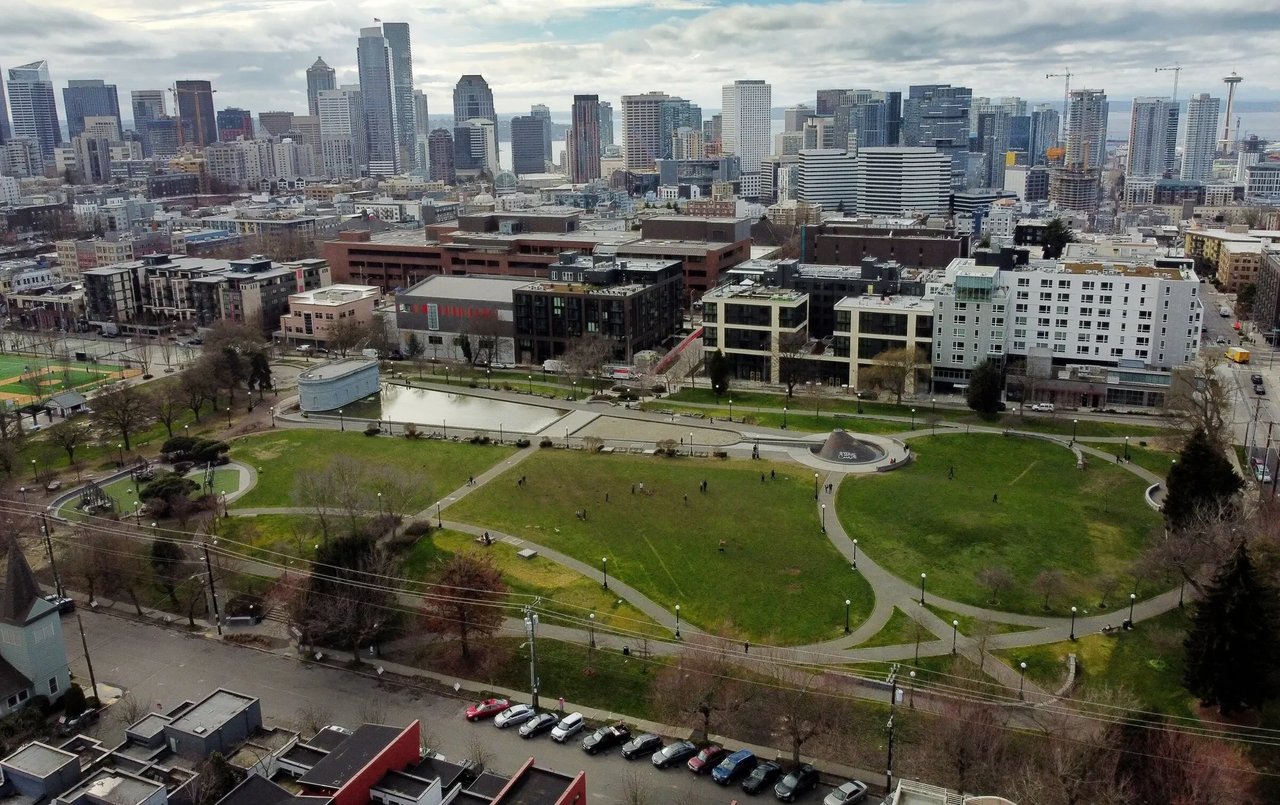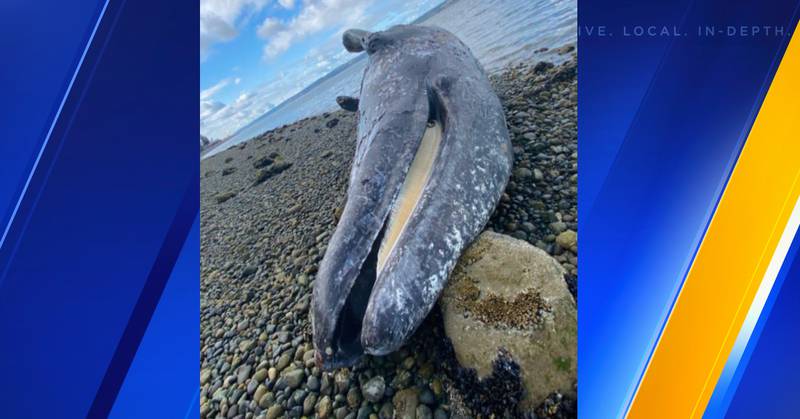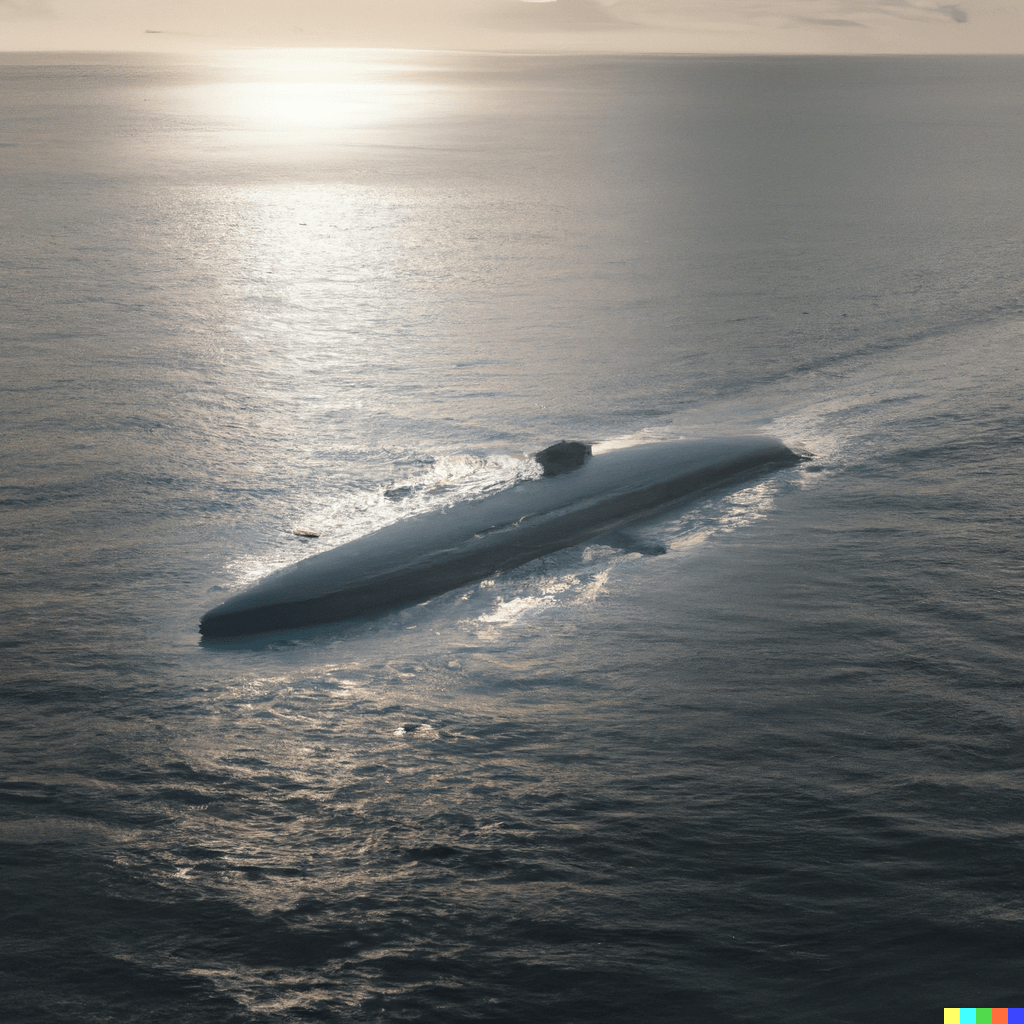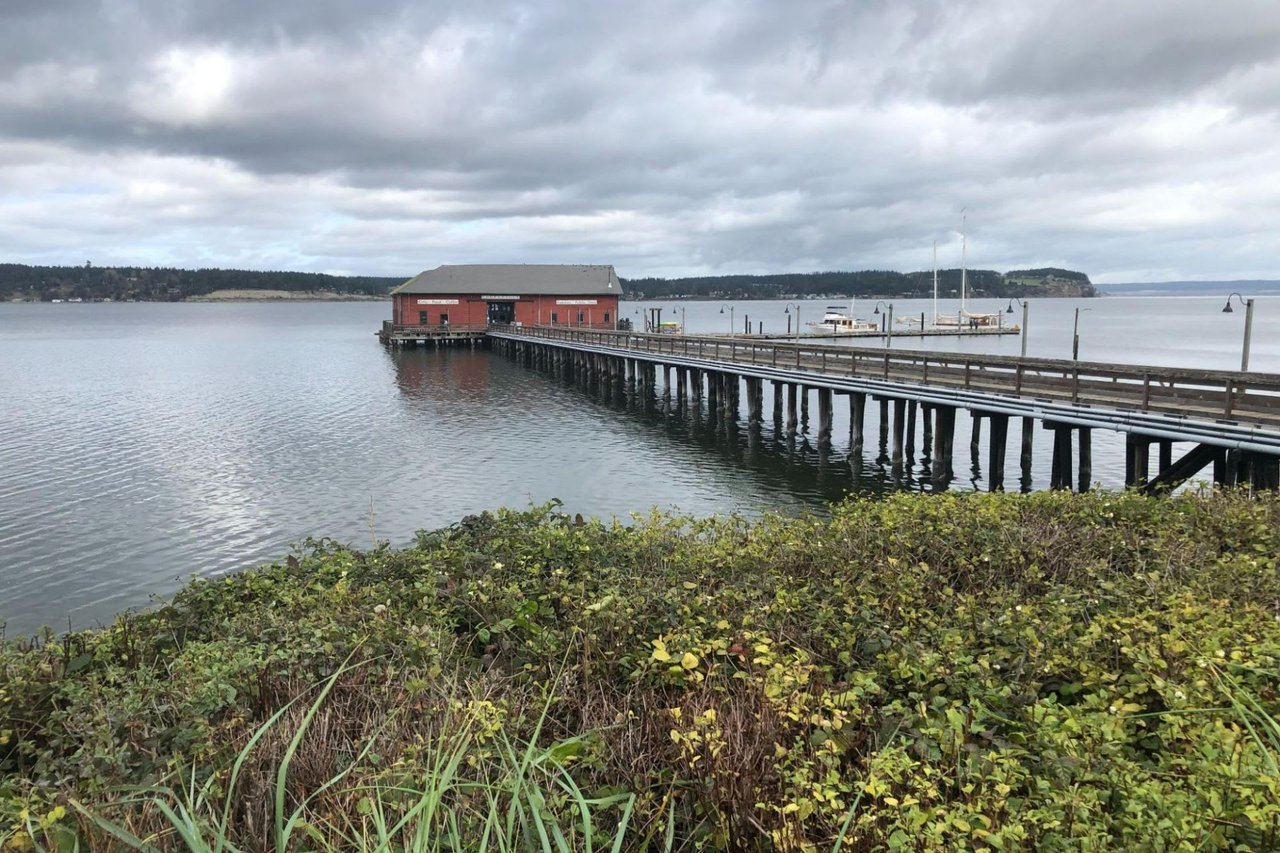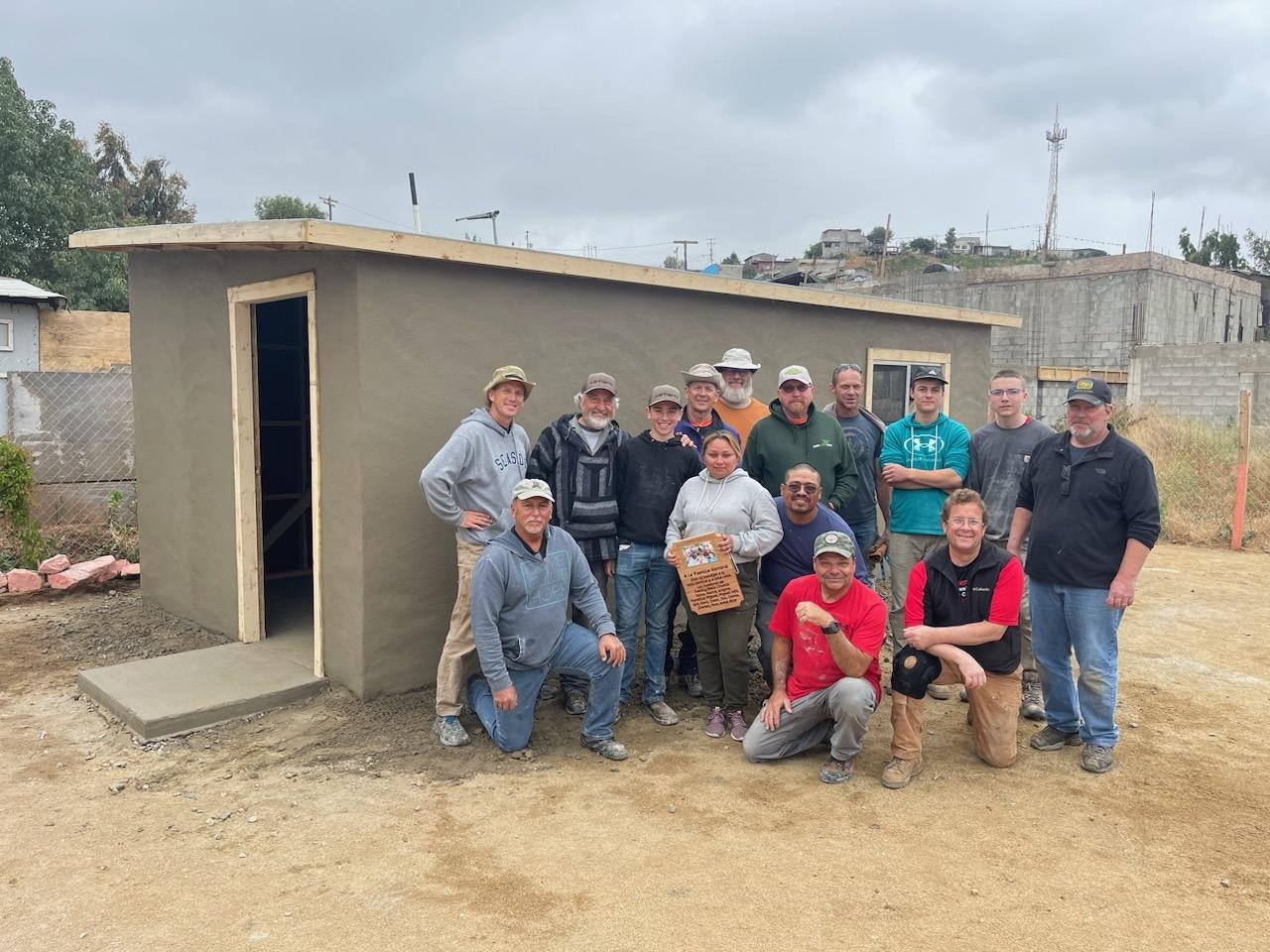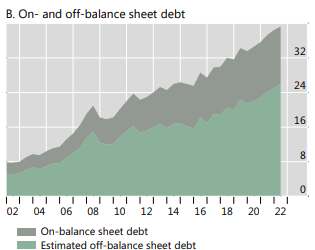Project Kuiper: Amazon's Bold Quest to Connect the World
In the heart of the Cascade Mountains, a small town called Cle Elum, Washington, is struggling to stay connected. The town has only one option for internet, and it's unreliable and expensive. But thanks to Amazon's Project Kuiper, Cle Elum and other rural communities around the world are finally getting the chance to connect to high-speed internet.
Project Kuiper is a bold initiative to deploy thousands of satellites in low Earth orbit (LEO) to deliver fast, affordable broadband to people who currently lack access. LEO satellites orbit much closer to Earth than traditional geostationary satellites, which results in lower latency and faster speeds.
While still in its early stages, it has the potential to revolutionize global broadband access. For people in Cle Elum and other rural communities, Project Kuiper means the chance to finally participate fully in the digital economy. It means being able to work from home, take online classes, and access essential services like healthcare and education.
But this is more than just a way to connect rural communities. It's also a way to bridge the digital divide and connect the world.
What, Why, When?
About half of the world's population lacks connectivity or access to good connectivity. This digital divide has a significant impact on people's lives. It limits their access to education, healthcare, and economic opportunities.
Amazon will deploy a constellation of thousands of satellites in LEO. The satellites will orbit the Earth at an altitude of 590-630 kilometers, which is much closer than traditional geostationary satellites. This lower altitude will result in lower latency and faster speeds. They will communicate with each other to create a global network that can deliver broadband internet to people all over the world. Users will need a small, affordable customer terminal to access the service.
The first customers are expected to receive service by the end of 2024. The initial satellite constellation design includes 3,236 satellites, and the project currently has over 1,000 employees working on it. Amazon has prioritized space safety and sustainability from day one of the Project Kuiper project. The company is committed to ensuring safe space operations and the long-term sustainability of space for future generations. Kuiper satellites are designed to minimize the risk of orbital debris. Each satellite will operate within 9 kilometers of its assigned altitude, and all satellites will have onboard propulsion systems designed to actively deorbit them within a year of their mission ending. Amazon is also working with astronomers to reduce the visibility of Project Kuiper satellites and avoid interference with scientific research. The company is sharing ephemeris data and other operational information with spaceflight operators and coordinating with the Trajectory Optimization and Planning Office at NASA's Johnson Space Center.
And Starlink?
Project Kuiper and Starlink are two ambitious projects that aim to provide satellite internet to underserved communities around the world. Both projects have their own strengths and weaknesses, and ultimately different goals.
Starlink is currently ahead in terms of scale, with over 3,000 satellites already deployed compared to Project Kuiper's planned 3,236 satellites. This means that Starlink can currently provide coverage for people. However, once launched, Project Kuiper satellites will orbit at a lower altitude than Starlink satellites, giving them lower latency. This is important for applications like gaming and video streaming, which require real-time responses.
Another advantage of Project Kuiper is that it is designed to be interoperable with other satellite internet systems, while Starlink is not. This means that Project Kuiper users may have more options in the future. Amazon is also using a new type of antenna technology that is designed to be more efficient and affordable than traditional satellite antennas, which could make it more attractive to budget-minded consumers. They also plan to target a wider range of customers than Starlink, including businesses and governments, which means that it could have a broader impact on the global economy.
Starlink is currently charging $110 per month for its service plus an upfront fee of $599 for the customer terminal. Amazon has not yet announced pricing for Project Kuiper, but the company has said that it is committed to making the service affordable.
Overall, both Project Kuiper and Starlink have the potential to revolutionize global broadband access. If you need coverage and availability now, Starlink is the better option. If you're looking for a lower-latency service or a service that is interoperable with other satellite internet systems, Project Kuiper may be a better fit. Ultimately, Competition in the internet connectivity space is essential for driving down prices, improving reliability, and expanding coverage to all. One day Whidbey Islanders may be able to drive from Deception Pass to Mulkilteo Ferry, all while connected!
Author: Stephen Miller, 10.25.23
The views, information, and opinions expressed in this article are those of the author(s) and do not necessarily reflect the views of livingonwhidbey.com, its subsidiaries, or its parent companies.
Copyright © 2023
references:
"Amazon Launches First Satellites into Space." Gazette Herald, 23 Mar. 2023, https://www.gazetteherald.co.uk/news/national/23840276.amazon-launches-first-satellites-space/.
"Project Kuiper." Amazon Jobs, https://www.amazon.jobs/teams/project-kuiper.
"Amazon to Launch Kuiper Internet Satellites in 2024." Yahoo! Finance, 25 Oct. 2023, https://finance.yahoo.com/news/amazon-amzn-launch-kuiper-internet-190407704.html.



